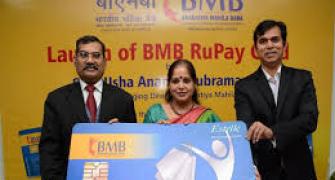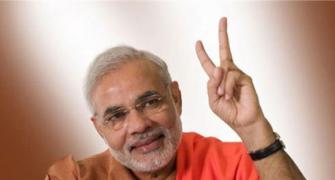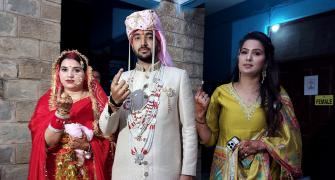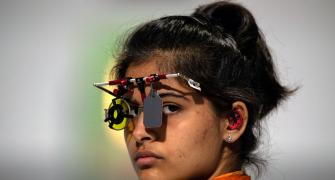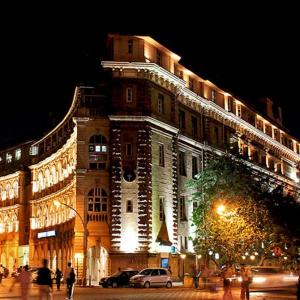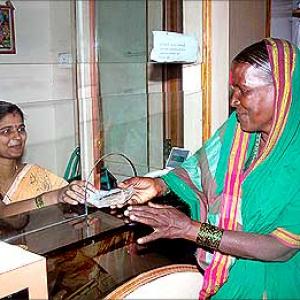Jan Dhan data suggests all but 23,000 households in India have access to banking services.
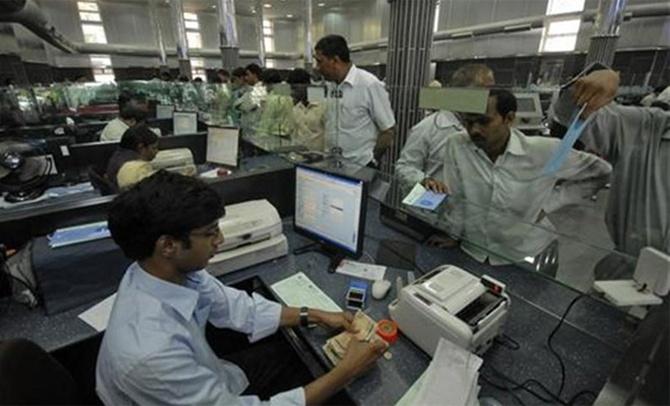 If the latest figures for the Pradhan Mantri Jan Dhan Yojana (PMJDY) are anything to go by, all but 23,000 Indian households have already been made part of the banking system - an impressive coverage for the government's ambitious financial-inclusion programme.
If the latest figures for the Pradhan Mantri Jan Dhan Yojana (PMJDY) are anything to go by, all but 23,000 Indian households have already been made part of the banking system - an impressive coverage for the government's ambitious financial-inclusion programme.
According to the PMJDY website, a little more than 127 million new bank accounts have been opened since launch of the scheme on August 28, 2014.
Overall, that takes the number of households in the country with at least one individual bank account to 210.5 million.
In what could be a gauge of the scale of coverage, the number of people added to the country's banking system in the past five months is higher than that in the period from 2001 to 2011.
According to census data, only 36 per cent of Indian households had access to banking services in 2001; this increased to 59 per cent in 2011.
However, even as the government continues to add accounts (500,000 new ones were opened on February 4 alone, according to latest data), the speed of linking the accounts with Aadhar numbers has not been as fast.
Until February 4, seeding of Aadhar numbers, to ease the process of direct transfer of cash subsidies in beneficiaries' bank accounts, had been done for 35 per cent of all new bank accounts.
On this, the government appears to have dragged its feet more in lower-income states. For instance, linking bank accounts with Aadhar stands at only 11 per cent in Bihar, and 16 per cent in Uttar Pradesh.

Besides, a high proportion of these accounts continues to be inoperative. Until the end of January, 67 per cent of the new accounts opened were without any balance.
This was six percentage points lower than in December - thanks to operationalisation of bank-linked cooking gas subsidy from January - but still at a high level.
"What's the point of opening these accounts if a large majority remains non-operational," asks N C Saxena, former administrator and member of the National Advisory Council.
The real challenge for the government is ensuring people feel they are welcome to the banking system and use their accounts for regular transactions, he argues. "Otherwise, it will be a repeat of the 1960s, when a large number of post office accounts were opened - under pressure - but only a few of those were ever used."
Reserve Bank of India Governor Raghuram Rajan had in September also cautioned against targeting just the numbers.
He had said: "The system is going to be a waste if what we do generates a whole set of duplicate accounts… It is going to be a waste if those accounts are not used; they open and they languish. Many of the persons coming into the system are coming for the first time; so if we do not make a good first impression, they will stay out. Let us ensure it works."
Economist Ashok Gulati, on the other hand, argues the government is working by a plan.
"What you see now is the end of the first stage, which involved opening bank accounts. In the second stage, the government will link these accounts with the Aadhar numbers. And, in the final stage, direct cash transfers will be initiated by linking Aadhar numbers and bank accounts."
But Gulati agrees the government could have had a better coordination with the Unique Identification Authority of India, which issues Aadhaar numbers.


